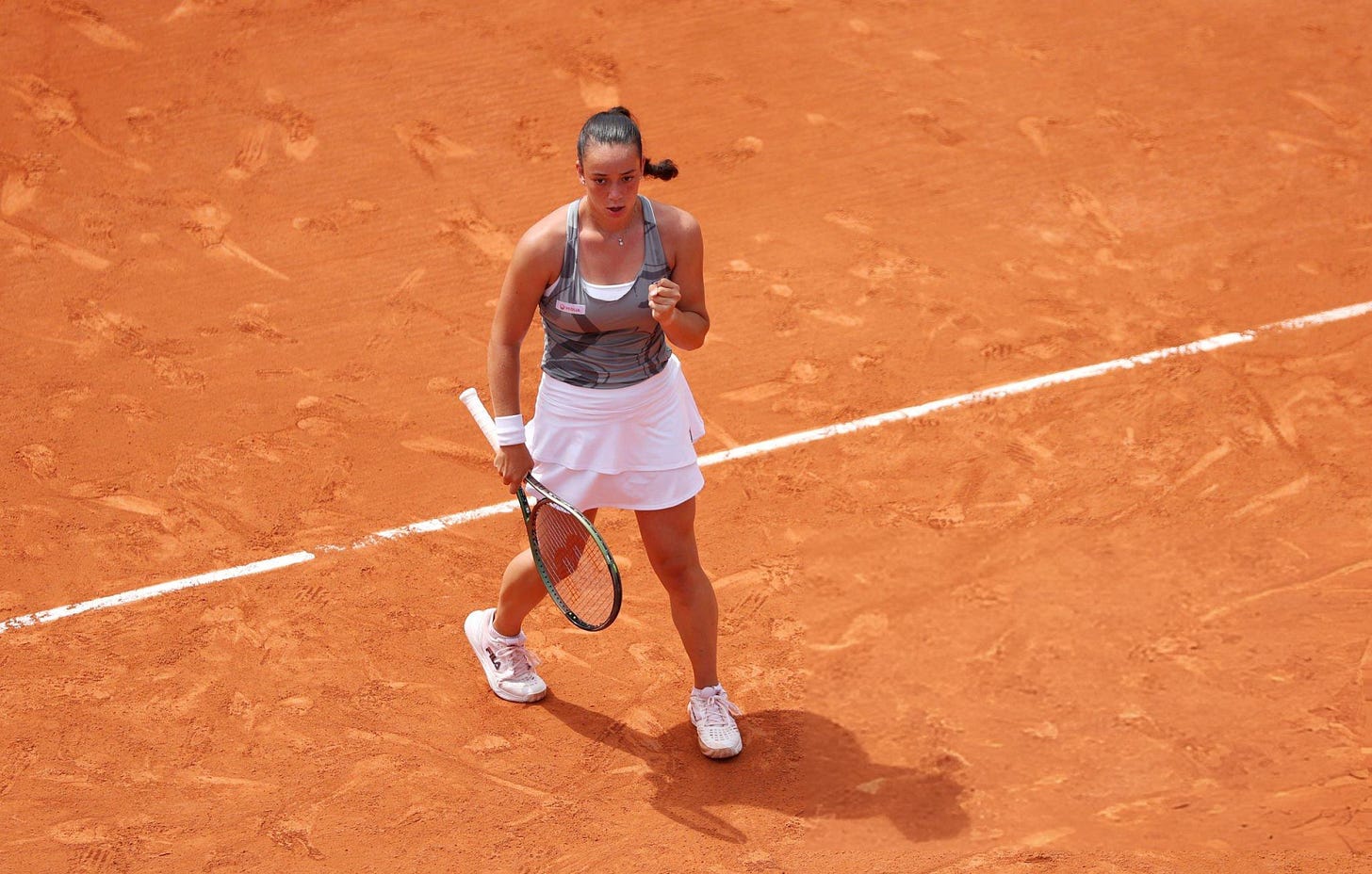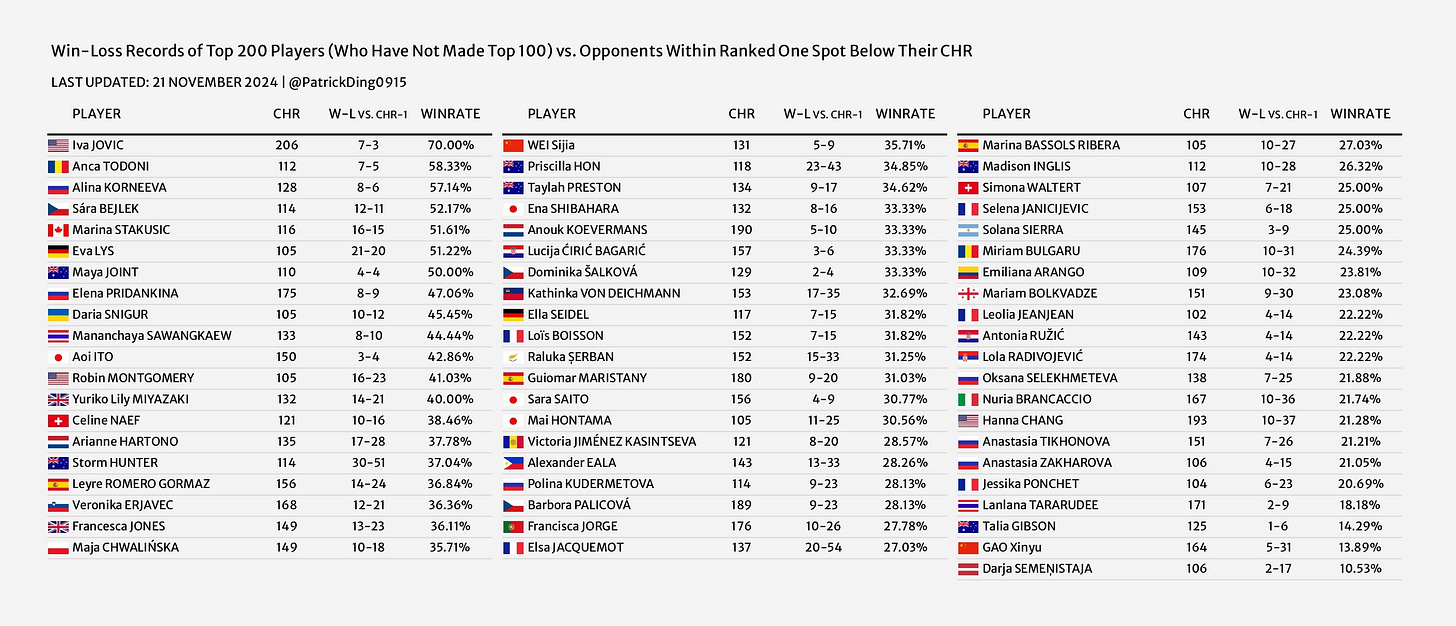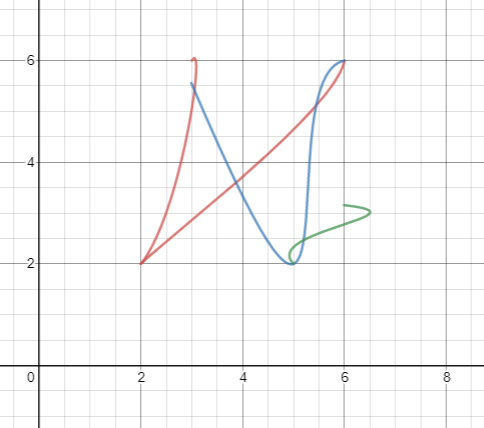Tereza Valentová: Slowing Down in the Age of Extremes
Valentová likely wouldn’t care if she is the Tortoise or the Hare.
Back in November last year, I posted a win-loss record of Top 200 players—those who have yet to make Top 100 debut—pitting them against opponents ranked within their career zenith. It was a fun and heuristic exercise because the crude record could be a dual barometer of the latent potential of a player (win rate as a rough estimator of the “upside”) and her longevity of Top 100–200 tenure (through sample size).
For presentation purposes, I limited the study to the Top 200 ensemble (well I also sneaked in my perennial favorite player who timely led the pack) and, unsurprisingly, the winning percentages read as somewhat underwhelming. In a 61-player sample, the interquartile spread falls between 24.39% and 37.04% with a median hovering at 31.25%. Within such a milieu, any player eclipsing the 50% mark emerges as a striking anomaly and their occurrences will only decrease as the ranking goes down.
I didn’t mention it at the time, but off the table there also sat the 17-year-old Tereza Valentová, who, with a then career-high ranking of 258, posted an impressive 9–5 record against opponents in the top 257—a staggering 64.29% win rate. Fast forward four months: now having achieved CHR at 182, Valentová stands at an updated 12-5 vs. Top 181 (~70.59% win rate) and boasts an 8–2 record against those ranked above her since the prior evaluation.
But Valentová’s brilliance is not confined to kinetic, growing numbers. From the first time I saw her on the junior circuit a few years ago, her serve, possibly the only protruded vulnerability in her game, has transformed into, if not a multifaceted weapon yet, at least a synergized initiator integrated with the rest of her game. En route to her January Porto title this year, she frequently wielded what I think is best termed the “diagonal gambit”: an ad-court serve out wide forcing opponents into diagonal backhand replies, which land right back on the serve spot, where she wants them. With ample time and space, she would strike a backhand down the line, dragging her opponent to the forehand corner for a running forehand response, an inherently lower-percentage shot. Waiting in position at her own forehand corner, she dictates the next move, and here comes the Czech-mate: against someone of Valentová’s quality, leaving her in control is a losing battle—she just has too many options in her sweet spot.
When plotted out, the resulting pattern is a beautiful Bézier curve.
Qualitative or quantitative measures, eye tests or underlying stats, they all attest that perhaps Valentová, now sitting at #211, is grievously under-ranked.
Or perhaps, she simply hasn’t been playing many matches.
To understand Valentóva’s unconventional rhythm, one must traverse to the 2023 ITF Junior Finals in Chengdu, a year-end climax she qualified for but ultimately withdrew from, prioritizing caution over the risk of aggravating an abdominal injury that had already sidelined her for months. A decision that appeared facile on paper yet belies the relentless competitiveness that demands match play even in recovery. With the season waning, it’s likely she will forgo participation in her preferred European tournaments for the next few months. While dismayed, Valentová came to terms with the setback, “Everything should progress gradually.”
It took some courage for Valentová and her inner circle to abandon the sacrificial expenditure of the full fall-winter stretch of the season. Days now orbit rehabilitation, conditioning-enhancing drills, school work, sparring sessions with Billie Jean King Cup team veterans who greeted her heartwarmingly, and occasionally, just staring at the ceiling.
Yet the tennis world churns with impatience as the press gnashes its teeth over her sparse résumé. Where are her moments? The triumphant milestones or viral breakthroughs that define teenage prodigies? It is maybe unsurprising that, when Charlie Eccleshare noted the dearth of teens in the WTA Top 100 during the Australian Open this year, he conveniently overlooked the ones stitching their souls in silence.
The myopia metastasizes on social media. For every gaze fixed upon Mirra Andreeva’s twin WTA 1000 trophies—achievements that are lionized as the proof of “making it”—there lingered just as many patronizing, sidelong glances feigning sympathy over the likes of Alina Korneeva, whose arguably more successful junior career unwittingly fuels expectations, bears the scars of a more arduous, injury-plagued journey, her efforts perpetually pressed against the glass of another’s triumph.
The narratives coil like vipers: You are falling behind. You are not enough.
But what is “enough”? The WTA Tour and ITF’s conveyor belt never slows, even for us spectators: five-minute interview scheduling blocks, crammed inquiry desks, futures mortgaged to the next match. We are all Sisyphus here, rolling our ambitions uphill, terrified to pause, to ask: Why this stone?
Seneca knew. Life is long, he insisted, if you know how to use it. Valentová also knew. Her deliberate pause to immerse herself in introspection signals a true comprehension that time is plentiful but insight is scarce, and the measure of success is redefined.
They are told to sprint, but Valentová walks, deliberate and unhurried, threading her way through the labyrinth of her own recovery and quest for reclaiming match tempo. More than a year after slowing down, she remains an outlier, still not competing at the frequency (a mere 60-70% of the match volume logged by those in the Top 100-200 strata) necessary to be cast, in the language of ambition’s gatekeepers, as someone “addicted to winning.”
At day’s end, when the lights gutter out and the body aches with the ghost of every swing, there is a moment—raw, unscripted—when the ceiling becomes a mirror. Can you meet it? Can you lie there, your heart a wild animal gentled, and feel the day’s heat cool into gratitude?
Weep for those who cannot pause and pace themselves, but more for the ones who close their eyes and see only tomorrow’s shadow. The tragedy is not the unmet potential or its projection, but the un-lived moment. In her quiet, Tery knows that insight is the only trophy that does not tarnish. Let them clamber. She is busy learning how to breathe.









You're the first to use a Bezier curve in discussing tennis that I've read. What does it mean in this context?